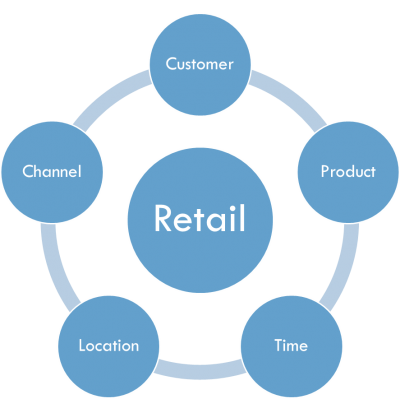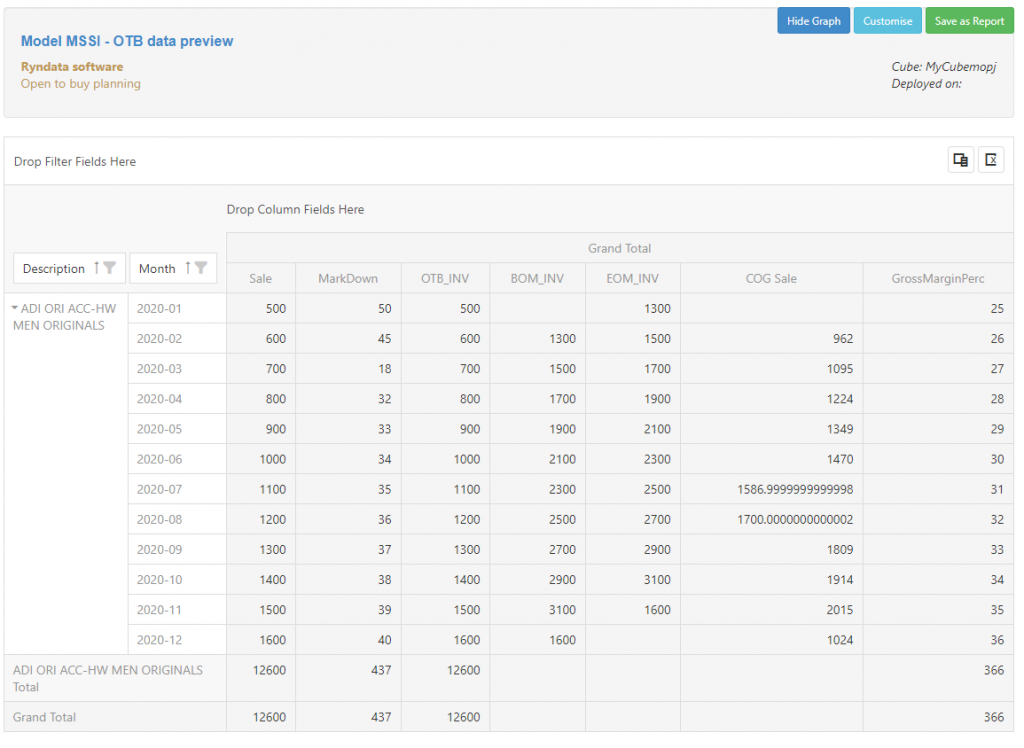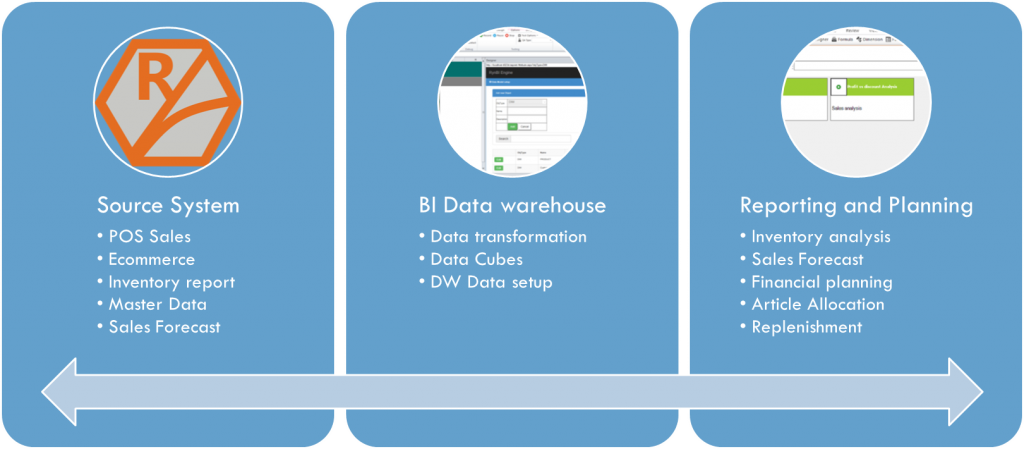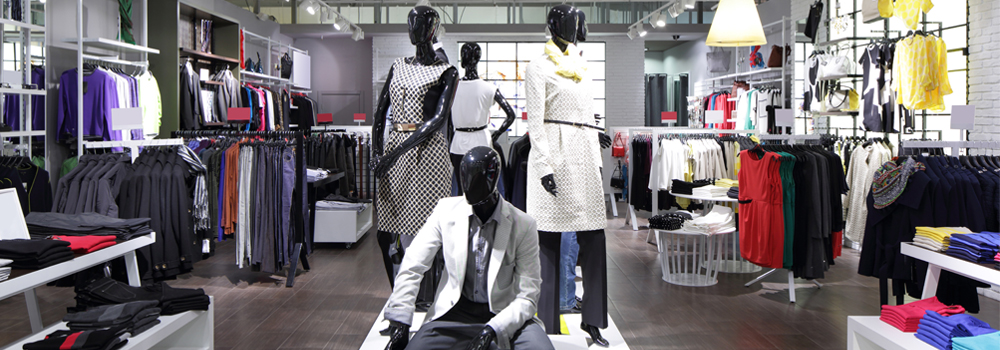
Traditionally BI and Analytics has provided actionable insights that can help corporate executives, business managers, and other end-users make more informed business decisions based on historical data.
BI and Analytics solutions provide the ability to:
• Optimize internal business processes
• Increase operational efficiencies
• Identify market trends
• Drive new revenues
• Forecast future probabilities and trends
Challenges
BI tools can get complicated to use and only a few individuals know how to use them.
Data spread across different systems and software ( ERP, CRM, excel spreadsheets), can get difficult to gather. Getting your way around data buried in your systems – get data when you need it can be an extremely painful process. Delivering mobile BI for managers and senior executives should be able to access insights easily, as and when required.
Three industries that widely use BI, Oil, Retail and Apparel. Retail industry continues to accelerate rapidly. Retailers aim to deliver a seamless experience across stores and on their websites. Use of BI enables retailers to gather insight through data.
Helps retailers formulate marketing strategies. Predict future requirements of customers.
Purpose
Allows the retailer to gain high quality information through the use of BI tools like data warehousing, data mining, and online analytical processing. BI allows organizations to predict the behavior of their competitors, suppliers, customers, technologies, acquisitions, markets, products and services.BI helps retailers use such as Point of Sale transactions and social media gives unprecedented access to the customers’ mind. Retailers are also using retail management technologies like Self Checkout POS, RFID and Cloud Computing for them by providing a real time integrated and collaborative information system. BI further helps the retailer keep a vigilant eye on business activities by estimating the long and short-term demands, notifications of low inventory and monitoring factors that influence customer buying decisions. BI is becoming a “mission critical” application. Retailers are looking beyond reporting capabilities to applications for syncing information from a wide variety of systems to analyzing performance of sales, margin, supplier delivery times, effectiveness of promotions and allowing them to effectively react to business insights
Business Intelligence in Retail – Dimensions of Data

Customers
– Loyalty cards, Credit Card Tracking, IP address, registered user logins, social media, user-generated content, and linking data with a customer-relationship management (CRM) system.
Products
– SKU collection, enriched data like brand premiums, similarity links, link customer tie ins that are micro-target to customers, allow for more attributes that increases product modeling.

Time
– Increases size of collection because real time collection allows for continuous measurement of customer behavior, product assortment, stock outs, in-store displays, and environments.
Location
– Use of geo-special location and purchase history can tie products to a region. Data allows for targeted marketing and product placement. This can allow for short-term revenue maximizing especially if customers purchase history is tied to what they are physically near.
Channel
– Increase is ways that consumers are purchasing products including a tendency research shop (accessing info on one channel but buying through another). Leads to collection from multiple touch points and helps retailers with : (i) understanding, tracking, and mapping the customer journey across touch-points; (ii) evaluating profit impact; and (iii) better allocating marketing budgets to channel
RynBI Solution for Retail industry

RynBI gives Integrated framework for DW setup, data modeling, data source integration, reporting and analytical tools integration under one framework. As a result complicated BI development becomes easy and fast for development and maintenance.
As result it Improves Product Availability, increases Impact of Granular Planning on Gross Margin. Give insight of Accounting for Return Rates and Reduced Inventory Carrying Cost. Increased User Efficiency to control business more effectively and easily.
How much I should I Should Buy: OTB calculator

One thought on “Retail Planning”
Leave a Reply
You must be logged in to post a comment.

Analytic capabilities lead to better decisions across the retail value chain. https://www2.deloitte.com/content/dam/Deloitte/nl/Documents/consumer-business/deloitte-nl-retail-analytics-framework.pdf
In the Plan & Market process of the retail value chain analyses are focused on determining
potential improvements and optimizing strategies.
I like the report
To Know more about simplified OTB calculation here is interesting information http://myotbplan.com/screens
For retail planning and OTB calculation here is the software. Template for OTB calculation is ready to use. In excel plan your inventory.
http://ryndatalab.com/Retail